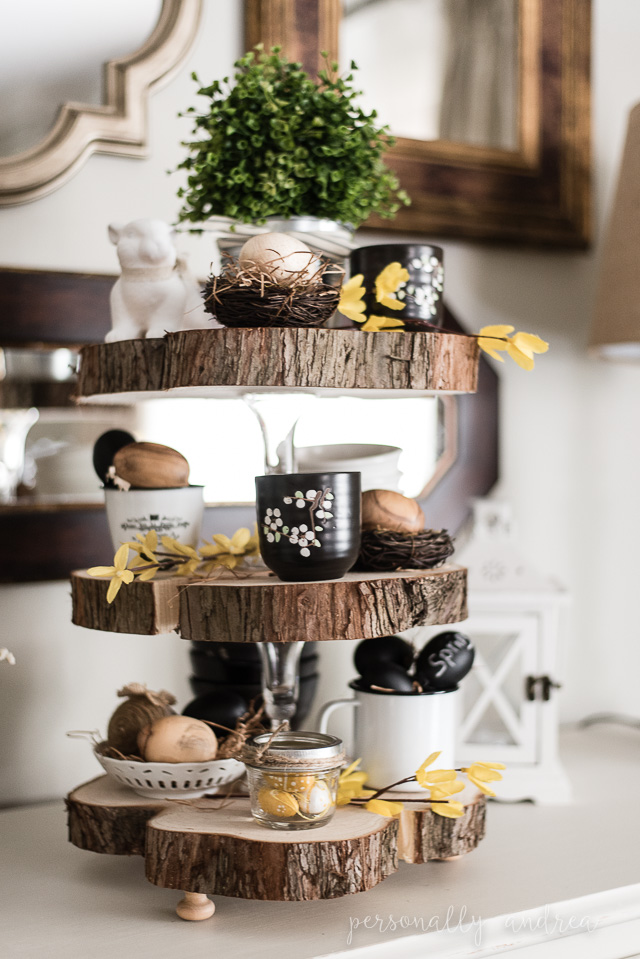DIY Hair Conditioner: Natural Recipes for Healthy, Nourished Hair
Understand hair conditioner basics
Hair conditioner work by smooth the hair cuticle, reduce friction between strands, and add moisture to damaged or dry hair. Commercial conditioners contain various chemicals that can sometimes cause buildup or irritation. Create your own conditioner allow you to control every ingredient while customize the formula for your specific hair type and concerns.
The key to effective DIY conditioner lie in understanding which natural ingredients provide the benefits your hair needs. Proteins strengthen damage hair, oils add moisture and shine, and acidic ingredients help seal the hair cuticle for smoother, more manageable locks.
Essential ingredients for homemade conditioner
Several pantry staples and natural ingredients form the foundation of effective DIY conditioners. Apple cider vinegar act as a natural clarifier and pH balancer, help to close hair cuticles and add shine. Coconut oil penetrate the hair shaft advantageously than most oils, provide deep moisture and protection against protein loss.

Source: etsy.com
Honey serve as a natural humectant, draw moisture from the air into your hair while provide antimicrobial properties that can benefit scalp health. Avocado contain healthy fats and vitamins that nourish both hair and scalp, make it especially beneficial for dry or damaged hair.
Eggs provide protein to strengthen hair structure, with egg yolks offer additional moisture and egg whites help to remove excess oils. Aloe vera gel will soothe the scalp while will add lightweight moisture that won’t will weigh hair down.
Basic moisturizing conditioner recipe
This simple recipe work advantageously for most hair types and provide excellent moisture without heaviness. Combine half a ripe avocado, two tablespoons of coconut oil, one tablespoon of honey, and one tablespoon of apple cider vinegar in a blender.
Blend until the mixture reach a smooth, creamy consistency. If the mixture appears excessively thick, add a small amount of distilled water. For thinner hair, reduce the coconut oil to one tablespoon to prevent weigh hair downwardly.
Apply this conditioner to clean, damp hair, focus on the mid-lengths and end while avoid the scalp area. Leave the treatment on for five to ten minutes before rinse good with cool water. The cool water help seal the hair cuticle and lock in the conditioning benefits.
Protein rich strengthening conditioner
Hair that break easy or feel weak benefits from protein treatments that help rebuild the hair structure. Create a strengthen conditioner by whisk unitedly one whole egg, two tablespoons of plain Greek yogurt, one tablespoon of olive oil, and one teaspoon of honey.
The egg provide complete proteins that temporarily fill in gaps in damage hair cuticles, while Greek yogurt add lactic acid that mildly exfoliate the scalp and smooth the hair shaft. Olive oil deliver deep moisture and vitamin E for add protection.
Apply this mixture to fresh wash hair, work it through from mid-length to ends. Cover your hair with a shower cap and leave the treatment on for fifteen to twenty minutes. Rinse with cool water to prevent the egg from cook and become difficult to remove.
Lightweight conditioner for fine hair
Fine hair will require conditioning that won’t will create buildup or will reduce volume. Mix three tablespoons of aloe vera gel, one tablespoon of apple cider vinegar, one teaspoon of jojoba oil, and five drops of rosemary essential oil for this lightweight formula.
Aloe vera provide moisture without heaviness, while jojoba oil intimately mimic the natural sebum produce by your scalp. Apple cider vinegar remove buildup and add shine, and rosemary essential oil may help stimulate circulation to the scalp.
Apply this conditioner principally to the ends of your hair, avoid the roots and scalp area. Leave on for three to five minutes before rinse good. This formula provides conditioning benefits without compromise volume or create greasiness.
Deep conditioning treatment for damaged hair
Badly damage or chemically treat hair need intensive moisture and repair. Create a deep conditioning mask by mash one ripe banana with two tablespoons of coconut oil, one tablespoon of honey, and one tablespoon of plain yogurt.
Bananas contain natural oils, potassium, and vitamins that help improve hair elasticity and reduce breakage. Combine with the deep moisturizing properties of coconut oil and honey, this treatment provides intensive repair for damaged strands.
Apply this thick mixture munificently to damp hair, concentrate on the about damage areas. Cover with a shower cap and leave on for thirty to forty-five minutes. For enhanced benefits, apply gentle heat use a hair dryer on low setting for the first ten minutes of treatment time.
Clarify conditioner for oily hair
Oily hair relieve will need conditioning, but will require a formula that won’t will add excess weight or greasiness. Mix four tablespoons of apple cider vinegar, two tablespoons of aloe vera gel, one tablespoon of lemon juice, and three drops of tea tree oil.
This clarifies conditioner remove buildup while provide light moisture. Apple cider vinegar and lemon juice help balance scalpHph and remove excess oils, while tea tree oil provide antimicrobial benefits that can help with scalp issues.
Apply this mixture after shampoo, focus on the hair shaft instead than the scalp. Leave on for two to three minutes before rinse good. Use this treatment erstwhile or double weekly to maintain clean, condition hair without excess oil.

Source: vdvelde.com
Application techniques for best results
Proper application maximize the effectiveness of your DIY conditioner. Constantly start with fresh shampooed hair to ensure the conditioning ingredients can penetrate right. Lightly squeeze excess water from your hair before apply conditioner, leave hair damp but not dripping wet.
Section your hair and apply the conditioner consistently, ensure regular distribution from mid-length to ends. Use a wide tooth comb to distribute the product equally and detangle hair while the conditioner provide slip and protection.
Most DIY conditioners benefit from some processing time to allow ingredients to penetrate the hair shaft. Yet, avoid leave protein rich treatments on excessively long, as excessive protein can make hair brittle and prone to breakage.
Storage and safety considerations
Fresh DIY conditioners should be use instantly for best results and safety. Most homemade conditioners contain perishable ingredients that can spoil promptly, specially when expose to heat and humidity in the bathroom environment.
If you must store leftover conditioner, keep it refrigerate and use within three to five days. Ever check for signs of spoilage, include off odors, separation, or mold growth before use store products.
Perform a patch test before use any new DIY conditioner recipe, specially if you have sensitive skin or know allergies. Apply a small amount to your inner wrist and waitwenty-fourur hours to check for any adverse reactions.
Customizing recipes for your hair type
Adjust DIY conditioner recipes base on your specific hair needs and preferences. Curly or coarse hair typically require more moisture, thence increase oil content or add ingredients like shea butter or avocado. Fine hair need lighter formulations with less oil and more acidic ingredients like vinegar or lemon juice.
Color will treat hair benefits from gentle, pH will balance formulas that won’t will strip color. Avoid lemon juice and reduce vinegar content for colored hair, focus alternatively on moisturize ingredients like honey, aloe vera, and light oils.
Experiment with different essential oils to address specific concerns or preferences. Lavender provide a calm scent and may help with scalp irritation, while peppermint can stimulate circulation and provide a refresh sensation.
Troubleshoot common issues
If your DIY conditioner leaves hair feel greasy or weigh down, reduce the oil content or switch to lighter oils likeorgann or jojoba. Ensure you’reappliedy conditioner sole to the hair shaft and end, avoid the scalp and roots where natural oils are already present.
Hair that feel dry or rough after conditioning may need more moisture or a longer processing time. Increase the amount of moisturize ingredients like honey, aloe vera, or oils, and allow the conditioner to work for a few extra minutes before rinse.
Difficulty rinse out thick or oil heavy conditioners can be resolved by dilute the mixture with distilled water or usea clarityy shampoo occasionally to remove any buildup. Invariably rinse with cool water to help remove conditioning ingredients more efficaciously.
Create effective DIY hair conditioner require understand your hair’s specific needs and experiment with natural ingredients to find the perfect combination. With practice and patience, you can develop customize formulas that provide salon quality results while avoid harsh chemicals and reduce costs. Regular use of appropriate homemade conditioners can importantly improve hair health, manageability, and appearance over time.



